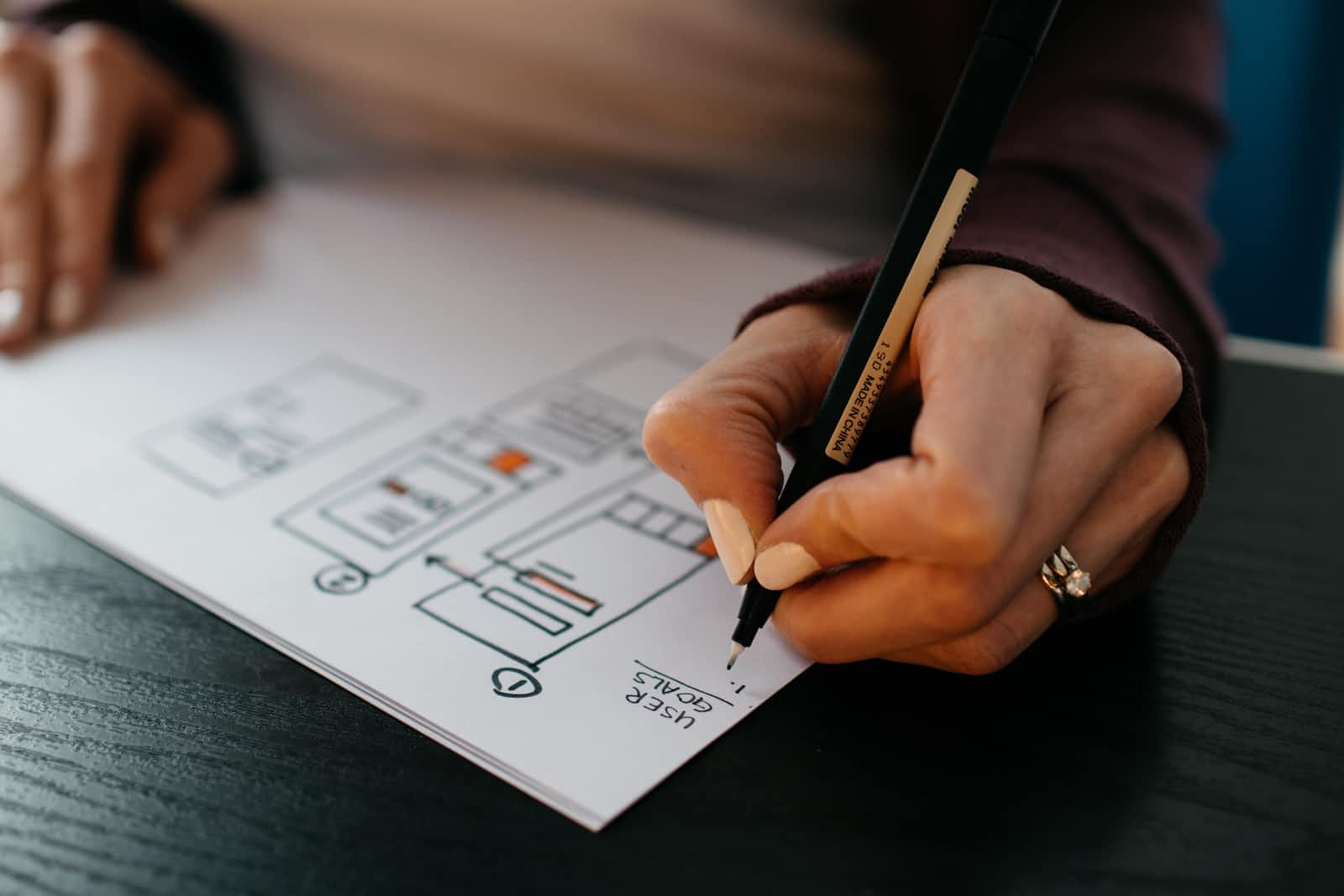Mastering the Art of the UX Process
 Oluwatoni Ojomo
Oluwatoni Ojomo
It's not an exaggeration to say that the UX process is the heartbeat of modern business development. It breathes life into ideas, shapes innovations into user-friendly realities, and ultimately decides whether an organization will flourish or languish in the ever-evolving landscape of today's marketplace. Without UX, even the most groundbreaking innovations fall flat and the grandest ideas can crumble to obscurity.
Why is the UX process so essential?
It's because giving the best possible experience isn't just about creating pretty interfaces or plain functional software. It is also about empathising and understanding the very people that act as an organisation's bloodline — the users. The UX process connects an organisation with its market, translating their desires, needs and frustrations into seamless solutions.
Sit tight because in this article, we will be delving deep into this life saving process, analysing its central significance in the development of an organisation, exploring how it influences customer satisfaction and brand reputation.
Now, what even is the "UX process"?
The User Experience process is a systematic approach to creating products that prioritises user satisfaction and usability. While the process may vary depending on the project scope and organisation, we will be focusing on six phases in relation to digital products.
Research
Analysis
Ideation
Design
Implementation
Iteration
It is important to note that the UX process isn't a linear process. It is iterative, with its stages often revisited to optimise the user experience based on feedback and changing requirements.
Research
This phase is crucial (quite frankly, it is the first stage) as it involves understanding the target audience. The primary goal of designers in this stage is to empathise with their users in such a way that they deeply understand their needs and frustrations.
User research can take many forms, but they're broadly distributed into two categories — Qualitative Research and Quantitative Research.
While qualitative research focuses on gathering non-numerical data to understand user behavior through methods like interviews, usability testing, and observational studies, quantitative research involves collecting numerical data to measure and quantify user behavior and preferences. This involves methods like surveys, A/B testing, and other metrics-driven approaches to assess the quantitative aspects of user experience.
As mentioned earlier, the research stage is a crucial stage as it ensures that the design process is focused on addressing the preferences of the target audience. It also uncovers potential issues early, thereby reducing the likelihood of costly redesigns later on (this equals happy stakeholders).
Analysis
The goal here is to transform raw data into actionable insights that will guide the direction of the design.
It is up to designers to examine and interpret the data in a systematic way to gain insights, identify patterns, draw conclusions, and make informed decisions. They develop user personas, user stories, wireframes, journey maps and anything that would allow them to understand every stage of a user's experience.
This is my favourite stage. I'm a sucker for making sense of jumbled data pieces
Ideation
In this phase, designers basically come up with ideas that have the potential of solving the problems gathered from the analysis stage. UX designers use various techniques and tools during ideation, such as brainstorming sessions, mind mapping and sketching to come up with a wide range of creative ideas to address the needs of users. Designers may include cross-functional teams such as developers and stakeholders for this stage.
Design
The next stage is the design stage (exciting, eh?). In this phase, insights gotten from the analysis stage and ideas gotten from the ideation stage are fused to create tangible design concepts. Solutions are designed to meet the needs of users whilst giving them a proper experience. Designers create detailed design concepts and specifications based on user research and analysis. This includes creating user interfaces, user flows, and interactions.
Implementation
Once the design has been thoroughly user-tested and refined, it moves on to the implementation stage. Here, the design comes to life. It involves coding, programming, integrating various components and quality assurance to ensure that the approved design operates efficiently, securely and reliably.
Iteration: A "not-so-final-phase" phase
As stated earlier, the UX process is "iterative, with its stages often revisited to optimise the user experience based on feedback and changing requirements". It is an ongoing part of the entire user experience journey. It embodies the principle that design is never truly finished but continually evolves to meet the dynamic needs of users and the ever-changing landscape of technology and business.
In this phase, the design team evaluates the user feedback and data collected from real-world usage. This is done to keep the product or system in sync with user expectations, ensuring that it remains relevant and effective over time.
The UX design process is a user-centric journey that transforms ideas into satisfying user experiences. While this article provides a simplified overview of the process (there are lots of articles that break down this process into 8-10 steps), it is important to remember that UX design is a constantly evolving field. Designers are to remain agile, always seeking to stay current with the latest trends and technologies. Continuous learning, user feedback, and iterative design are the cornerstones of success in the field of UX design.
Ultimately, the goal of UX design is to create experiences that not only meet user needs but delight and engage users, fostering loyalty and satisfaction. By embracing flexibility, designers can navigate the ever-changing field of UX design and contribute to building products that make a meaningful impact in our world.
Subscribe to my newsletter
Read articles from Oluwatoni Ojomo directly inside your inbox. Subscribe to the newsletter, and don't miss out.
Written by

Oluwatoni Ojomo
Oluwatoni Ojomo
Hello, there! I'm Toni, a dedicated UI/UX designer and UX researcher with a passion for creating user-friendly digital experiences. As an intermediate professional, I am quite excited to share the lessons I've learned and the insights I've gained through my journey in the world of design. Join me as I explore the process of crafting meaningful interfaces and conducting valuable user research.